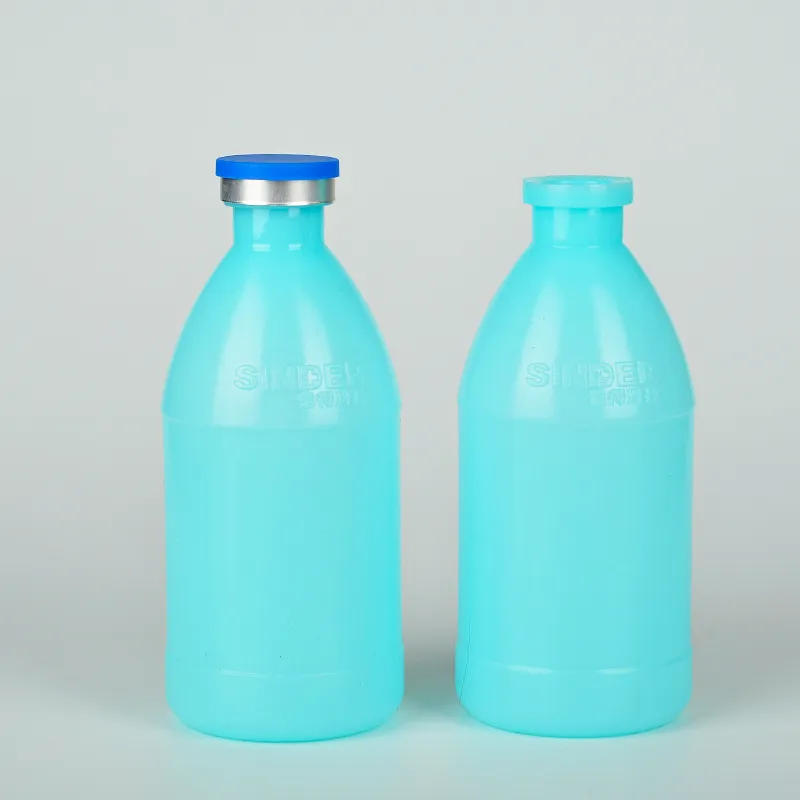stock reagent bottle
Stock Reagent Bottles Essential Tools for Modern Laboratories
In the realm of scientific research and experimentation, precision and organization are paramount. One of the unsung heroes that plays a crucial role in maintaining this efficiency is the stock reagent bottle. These specialized containers serve as the foundational elements for storing and managing the chemical reagents and solutions essential for various types of laboratory work.
The Importance of Stock Reagent Bottles
Stock reagent bottles are designed to store chemicals that are frequently used in laboratory experiments, ranging from academic research to industrial applications. These bottles are typically made from chemically resistant materials, such as glass or high-density polyethylene (HDPE), which ensure the integrity of the substances within while also protecting the user from potential hazards.
The primary advantage of using stock reagent bottles is their ability to maintain a stable environment for the reagents. Many chemicals are sensitive to light, air, and humidity, which can lead to degradation over time. Proper storage in an appropriate stock reagent bottle helps prolong the shelf life and efficacy of these crucial materials.
Types of Stock Reagent Bottles
1. Glass Bottles Glass is one of the most commonly used materials for stock reagent bottles due to its excellent chemical resistance and inert properties. Amber glass bottles are particularly favored for light-sensitive substances, as they block ultraviolet rays that could potentially cause photodegradation. These bottles come in various sizes, allowing researchers to store small to large volumes of reagents.
2. Plastic Bottles High-density polyethylene (HDPE) bottles offer an alternative to glass, particularly in settings where breakage is a concern. Plastic bottles are lightweight, durable, and often less expensive than their glass counterparts. However, they may not be suitable for all chemicals, as some solvents can degrade plastic over time.
3. Screw Cap and Dropper Bottles Some stock reagent bottles come equipped with screw caps or droppers for easy dispensing. Screw caps provide a secure seal to prevent evaporation and contamination, while dropper bottles allow for precise measurements of liquid without the need for additional instruments.
stock reagent bottle

Labeling and Organization
Proper labeling is essential for the effective use of stock reagent bottles. Each bottle should clearly display important information, including the chemical name, concentration, date of receipt, and expiration date. Using compatible labeling systems ensures that all team members can quickly identify the contents, reducing the risk of errors in experimental setups.
In addition to labeling, organization is key to maintaining an efficient workflow. Reagent bottles should be stored in designated areas, such as reagent cabinets or shelving units, with easy access to frequently used chemicals. Implementing a systematic inventory management process can further streamline laboratory operations by ensuring that stock levels are regularly monitored and replenished as necessary.
Safety Considerations
While stock reagent bottles are incredibly useful, handling them also comes with inherent risks. Laboratories should adopt strict safety protocols to mitigate hazards associated with chemical storage. This includes utilizing appropriate personal protective equipment (PPE), such as gloves and safety goggles, when handling reagents and ensuring that all personnel are trained in proper chemical handling procedures.
In the event of spills or leaks, having a plan in place is crucial. Laboratories should maintain spill kits and proper waste disposal containers nearby to deal with any accidental releases of hazardous materials swiftly and effectively.
Conclusion
In conclusion, stock reagent bottles are indispensable assets in any laboratory setting. They ensure the safe and organized storage of chemicals, contributing to the overall efficiency and success of scientific research. By selecting the appropriate type of bottle, implementing effective labeling and organization systems, and adhering to safety protocols, laboratories can create an environment that fosters innovation while minimizing risks. As scientific exploration continues to advance, the role of stock reagent bottles will remain pivotal in supporting groundbreaking discoveries and advancements across various fields.
-
Aesthetic Makeup Spray Bottles | Fine Mist Empty RefillableNewsAug.19,2025
-
White Plastic Veterinary Vaccine Vials | Lab Liquid BottlesNewsAug.18,2025
-
Plastic Medicine Liquid Bottle: Secure Flip Top Drug VialsNewsAug.17,2025
-
Durable 250ml Blue Plastic Vaccine Vial for Lab & Vet UseNewsAug.16,2025
-
Sterile Virus Sample Tubes: Secure & Reliable Specimen CollectionNewsAug.15,2025
-
White 250ml Plastic Vaccine Vial for Lab & Vet MedicineNewsAug.14,2025
























